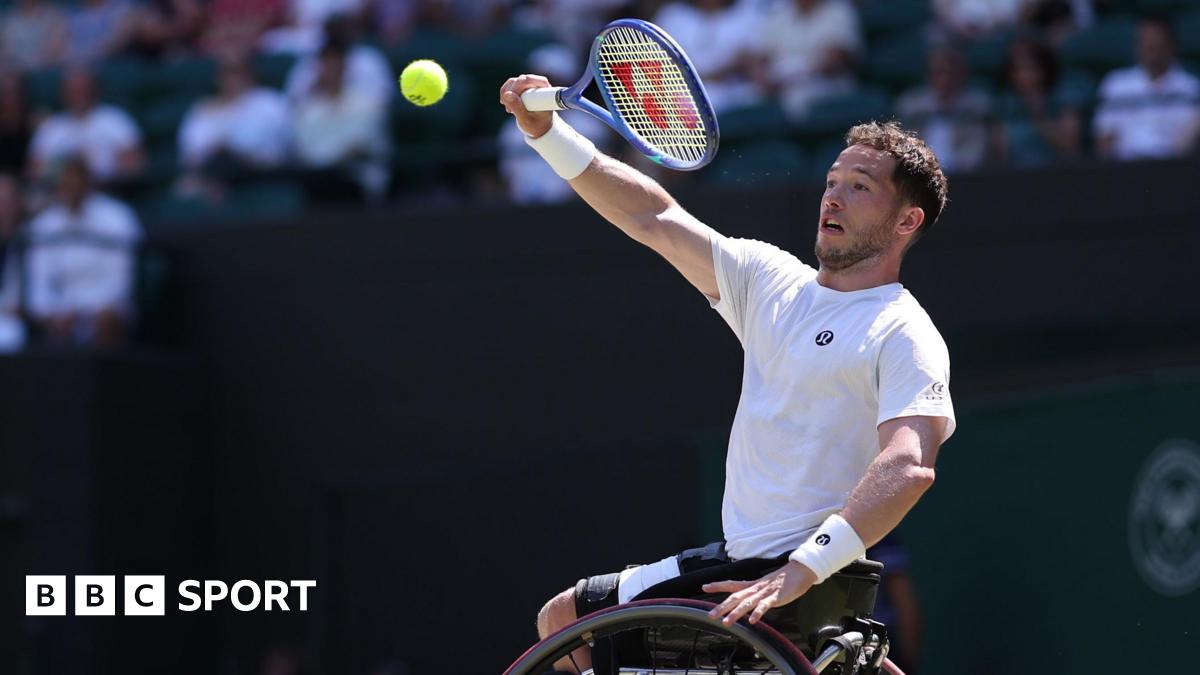5 Essential Strategies for Leadership Growth

To develop effective leadership within your organization, you need to implement five fundamental strategies. Start by aligning your development initiatives with business priorities, ensuring they address real needs. Then, tailor learning experiences for various leadership levels, from emerging to senior leaders. Incorporating feedback mechanisms is vital for identifying skill gaps. Nurturing a culture of experimentation can drive innovation, as a supportive environment encourages continuous learning. Let’s explore each of these strategies in detail.
Key Takeaways

- Align leadership development initiatives with key business priorities to ensure relevance and measurable impact on organizational goals.
- Tailor learning experiences to different leadership levels, focusing on specific responsibilities and developmental needs for effective growth.
- Incorporate feedback mechanisms such as 360-degree evaluations to continuously assess and improve leadership effectiveness and team dynamics.
- Foster a culture of experimentation by encouraging calculated risks and providing safe spaces for learning from failures.
- Create a supportive environment that prioritizes leadership growth through mentoring, continuous learning, and feedback integration.
Aligning Development Initiatives With Business Priorities

To effectively align leadership development initiatives with your organization’s business priorities, it’s vital to start by identifying those key priorities, such as increasing profitability or improving operational efficiency.
Clearly defined leadership development goals help you focus on specific leadership objectives that resonate with your business needs. Conducting an assessment of current leadership skills allows you to pinpoint leadership factors to further develop.
By integrating these initiatives into your workplace culture, you can guarantee relevance and measurable impact. Establishing metrics for success, like decision-making confidence and business impact, will help you evaluate the effectiveness of your programs.
This approach not merely defines leadership in management but also improves leadership growth within your organization, guaranteeing you’re addressing critical gaps effectively.
Tailoring Learning Experiences for Different Leadership Levels

Grasping that different leadership levels have unique responsibilities and developmental needs is fundamental for creating effective learning experiences. Customized learning experiences align with your leadership goals and help you define leadership within your organization.
For emerging leaders, structured programs that combine theory with hands-on experiences, like job rotations and mentorship, are critical for achieving development goals for leaders. Mid-level leaders can benefit from practical workshops and cross-functional projects that improve collaboration and problem-solving skills.
Senior leaders thrive on immersive group experiences, sharing personal stories to deepen their comprehension of leadership in management. Remember, continuous learning is significant at all levels, so seek regular feedback and support from senior executives to reinforce your skills and growth.
Incorporating Feedback Mechanisms for Continuous Improvement

Effective leadership development doesn’t stop at customized learning experiences; it extends into how leaders receive and act on feedback. Incorporating feedback mechanisms, like 360-degree evaluations, helps you understand your leadership effectiveness and highlights areas for improvement.
Regular surveys and follow-up sessions can reveal gaps in your skills, informing necessary adjustments to your personal leadership goals. Establishing open communication encourages you to seek feedback actively, supporting continuous improvement in your leadership style.
Implementing real-time feedback tools provides immediate insights, allowing timely adjustments. Analyzing data from these mechanisms measures the impact of leadership development initiatives on team dynamics and overall performance, ensuring that your path toward effective leadership remains accountable and relevant.
Fostering a Culture of Experimentation and Application

Creating a culture of experimentation can greatly improve your leadership development efforts. By promoting a culture of experimentation, you encourage calculated risks that lead to innovation and better decision-making.
Organizations supporting this culture often see higher employee engagement, with 70% of staff feeling motivated when allowed to explore new approaches. Providing safe spaces for experimentation helps leaders learn from failures, cultivating resilience and adaptability crucial for leadership growth.
Implementing regular feedback loops during experimentation phases guarantees lessons learned are integrated, reinforcing a continuous improvement mindset. Moreover, applying learning through real-world projects improves leadership development initiatives, often resulting in a 25% increase in performance outcomes.
Embrace these strategies to drive meaningful change within your organization.
Creating a Supportive Environment for Learning and Growth

To cultivate a supportive environment for learning and growth, organizations must prioritize the establishment of a strong learning culture. This involves setting clear leadership goals and creating a structured development plan that encourages ongoing leadership growth.
Implementing feedback mechanisms, like 360-degree feedback, offers leaders valuable insights into their performance, highlighting areas for improvement. Furthermore, promoting a safe space for experimentation allows leaders to practice new skills without the fear of failure, which boosts innovation.
Engaging senior leaders in mentoring in leadership improves the learning experience, as their real-life examples lend authenticity. By focusing on these elements, organizations can effectively create a supportive environment that nurtures learning and drives continuous leadership development.
Conclusion

Incorporating these five strategies into your leadership development approach can greatly improve growth and effectiveness. By aligning initiatives with business priorities, tailoring experiences for different leadership levels, utilizing feedback mechanisms, encouraging experimentation, and nurturing a supportive learning environment, you’ll cultivate strong leaders. This structured approach not merely addresses immediate needs but also prepares your organization for future challenges. Commit to these strategies, and you’ll promote continuous improvement and resilience in your leadership pipeline.
Image Via Envato
This article, "5 Essential Strategies for Leadership Growth" was first published on Small Business Trends
What's Your Reaction?
 Like
0
Like
0
 Dislike
0
Dislike
0
 Love
0
Love
0
 Funny
0
Funny
0
 Angry
0
Angry
0
 Sad
0
Sad
0
 Wow
0
Wow
0



























































































